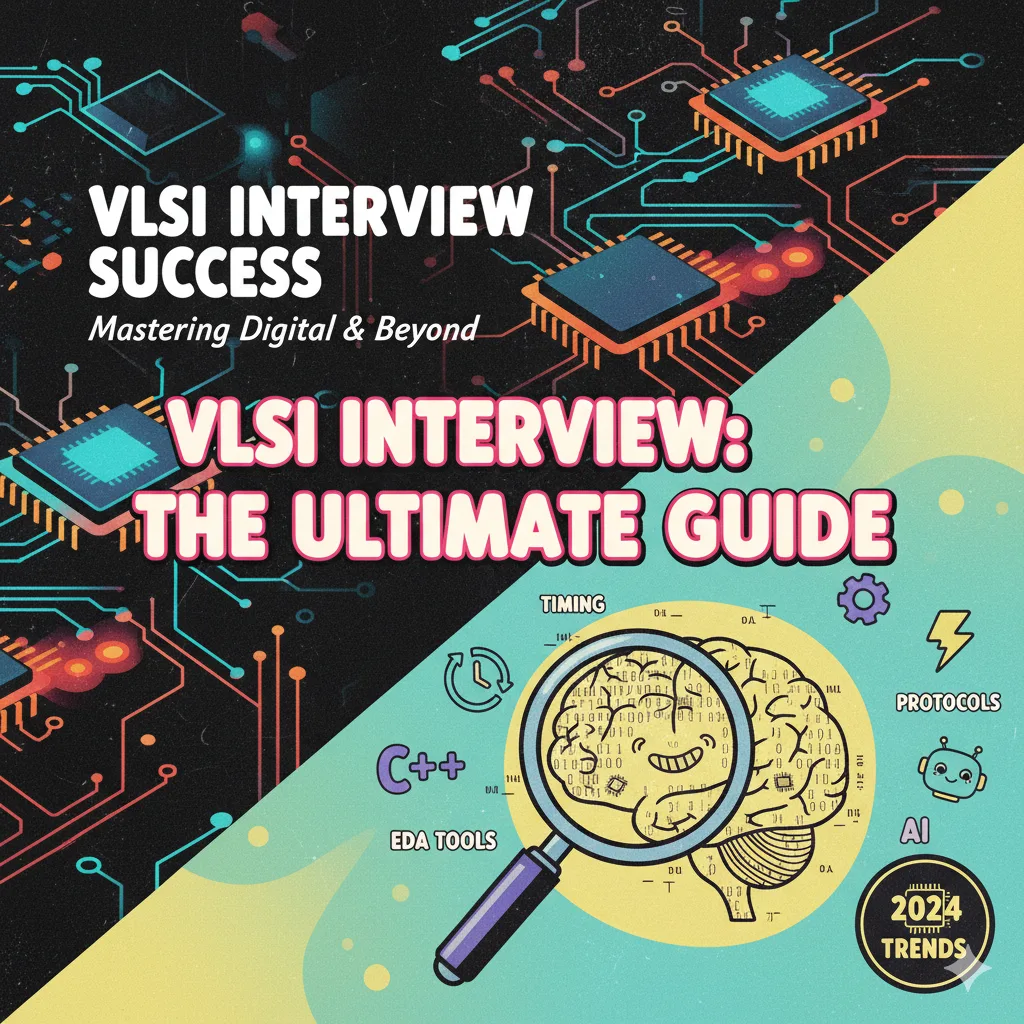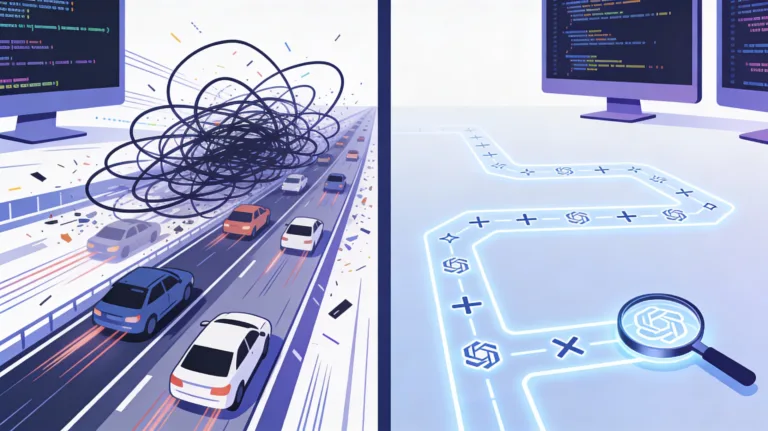Key Insights
- Mastering digital design, RTL coding, verification, and industry protocols is essential for success in VLSI interviews.
- Demand for VLSI professionals is surging, with companies prioritizing candidates proficient in both technical and practical EDA tool skills.
- Emerging trends like AI hardware and advanced process nodes are reshaping interview expectations, emphasizing adaptability and continuous learning.
A single modern smartphone can contain over 10 billion transistors—each one meticulously designed, verified, and tested by VLSI engineers. As demand for custom chips and intelligent devices skyrockets, competition for VLSI design roles is fiercer than ever. Yet, many candidates find themselves overwhelmed by the sheer breadth of required knowledge. What exactly do companies expect from new grads and early-career engineers in this fast-evolving field?
Core VLSI Interview Topics: What Recruiters Really Test
While VLSI design is vast, interviews consistently focus on a defined set of core topics. According to recent industry guides and hiring managers, candidates should prioritize the following areas:
- Digital Design Fundamentals: Beyond definitions, expect to design and analyze combinational and sequential circuits. Interviewers frequently test your grasp of timing concepts (setup and hold times), CMOS logic, and basic transistor operation. For example, you may be asked to sketch a finite state machine or explain the impact of a timing violation on circuit behavior.
- RTL (Register Transfer Level) Design: Proficiency in Verilog or SystemVerilog is non-negotiable. Be ready to code synthesizable modules like ALUs, memory controllers, and FSMs. Understanding the difference between blocking and non-blocking assignments, and how they affect simulation versus synthesis, is a common test point.
- Verification and Testbenches: Even design-focused roles require basic verification skills. Know how to structure a testbench, use constrained random testing, and explain the value of functional coverage. Modern design flows rely on verification to catch bugs before tape-out, making this a frequent interview topic.
- Industry Protocols: Familiarity with standards like AMBA (AXI, AHB, APB), PCIe, and USB is expected. You should understand how data moves through these protocols and be able to discuss their high-level operation in a system. As chip complexity grows, protocol knowledge is vital for both design and verification roles.
- Static Timing Analysis (STA): Candidates must confidently discuss timing closure, multicycle paths, and false paths. This demonstrates an understanding of how designs behave on silicon, not just in simulation. Interviewers often pose scenario-based questions to test your problem-solving skills in timing optimization.
- EDA Tool Flow: Understanding the overall design flow—Simulation, Synthesis, STA, Place & Route—is a differentiator. Companies increasingly expect candidates to have hands-on experience with industry-standard tools (e.g., Cadence, Synopsys, Mentor Graphics).
Why These Skills Matter: Industry Trends and Hiring Data
The semiconductor industry continues to expand rapidly, driven by growth in AI hardware, IoT, automotive electronics, and cloud infrastructure. According to the SEMI Market Forecast, global chip revenues are projected to surpass $700 billion by 2026, fueling an urgent need for skilled VLSI engineers. However, a persistent talent gap remains—companies report that only 30-40% of applicants demonstrate the practical skills required for entry-level roles.
Key drivers shaping VLSI hiring include:
- Increased Design Complexity: Chips now integrate billions of transistors and multiple protocols, making thorough digital and verification knowledge essential.
- Advanced Process Nodes: The transition to 5nm and below introduces new timing and power challenges, raising the bar for static timing analysis and tool proficiency.
- Shift Toward System-on-Chip (SoC): Interviewers now emphasize protocols and integration, as SoCs combine CPUs, AI accelerators, and connectivity blocks on a single die.
Best Practices for VLSI Interview Preparation
To stand out in a competitive field, candidates should combine technical mastery with strategic preparation:
- Self-Assessment: Identify your strengths and weaknesses across digital, RTL, and verification domains. Focus on hands-on projects to reinforce theory with practical skills.
- Company and Role Research: Tailor your preparation to the specific job description and company product lines. Companies value candidates who demonstrate awareness of their core technologies and market focus.
- Mock Interviews and Coding Practice: Simulate the interview environment with whiteboard coding and scenario-based questions. Practice explaining your design decisions clearly and concisely.
- Project Portfolio: Highlight relevant projects, internships, or design competitions. Employers increasingly seek candidates with demonstrated initiative and a passion for VLSI innovation.
- Continuous Learning: Stay updated on industry trends, new EDA tools, and emerging technologies like AI hardware design and FinFET processes.
In summary, focusing your preparation on these six pillars—and backing up your knowledge with hands-on tool experience and industry awareness—will maximize your chances of landing a coveted VLSI design role in today’s dynamic semiconductor landscape.
Discover more from WireUnwired Research
Subscribe to get the latest posts sent to your email.




